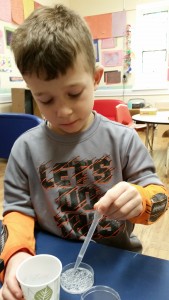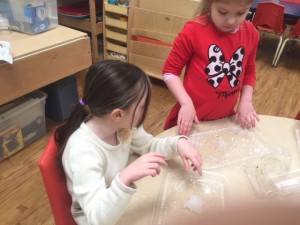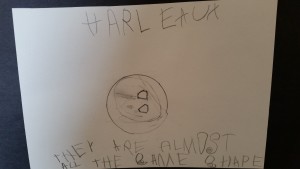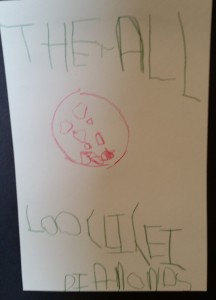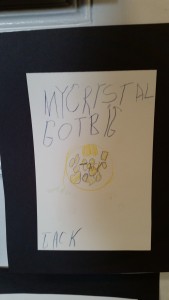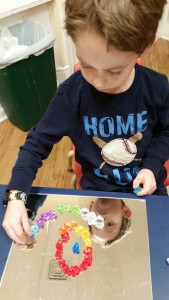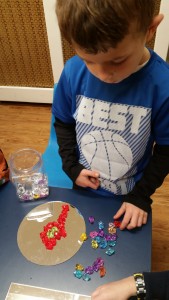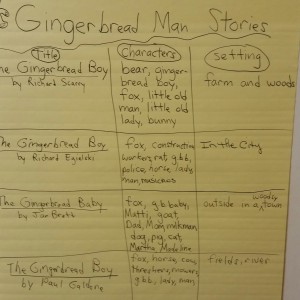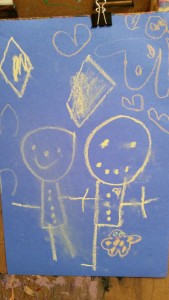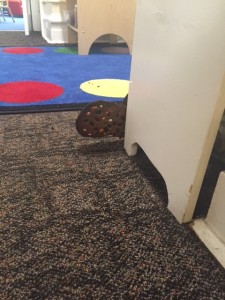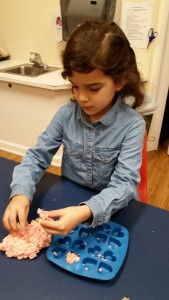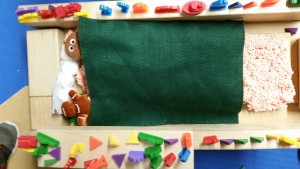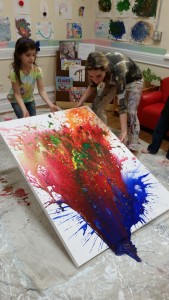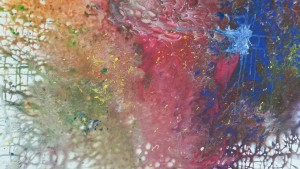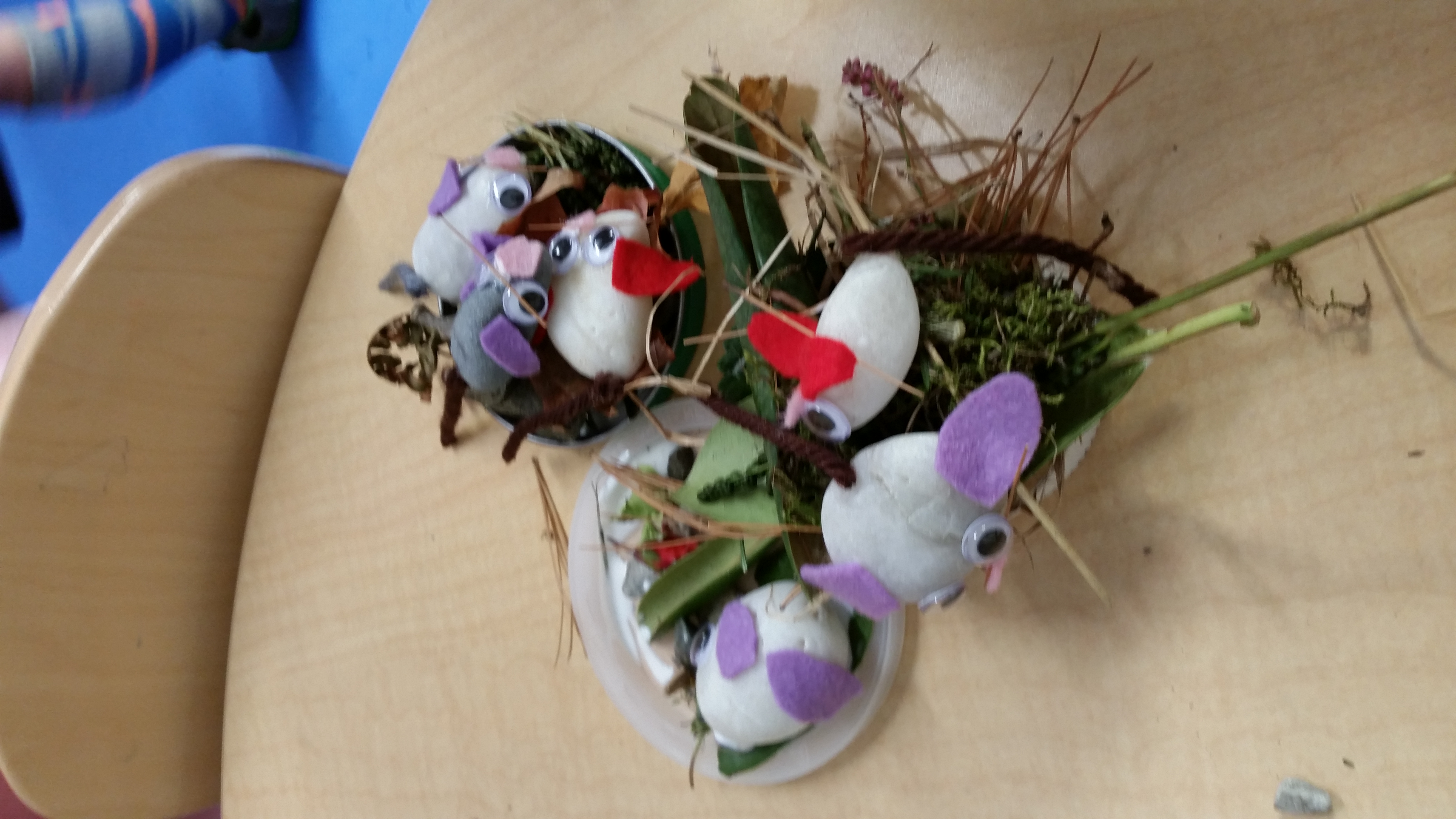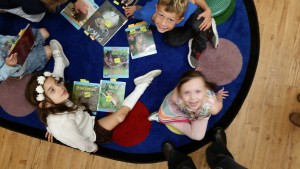Integrating visual discourse into a classroom provides multiple opportunities to work on numerous critical skills. For this assignment, I had the students sketch from a photograph Michael Lyons’ Lady Zhen’s Well: The Final Light (2001).
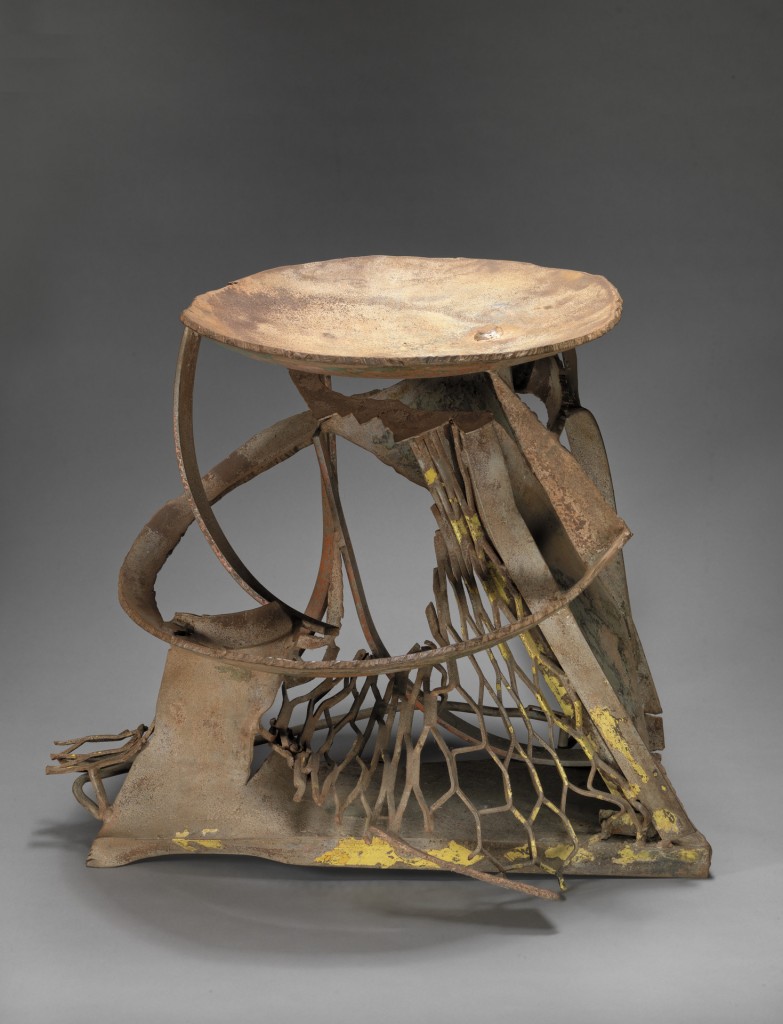
I had them divide the page into sections, placing the sketch in the middle. At this point I did not provide the title of the piece.
After they drew for some time, I had them describe on the left as much detail what they saw. On the right, I had them imagine what the piece could stand for, as an idea, emotion, or an experience. Then, for homework they were assigned a one page written response explaining what the piece stood for using their observation work.
I used the time in class to discuss how abstraction works: we ‘abstract’ from our perception to understand what someone is saying or how someone is feeling. And we do this all day long. Then, I asked them, what if we wanted to be creative about our daily abstractions? We could say, our friend was having a bad day and they were ‘stormy’ or our friend was happily in love and ‘light as a butterfly’. The assignment, I explained, was an opportunity to practice abstraction in another way.
Abstraction always dances with the concrete. By taking more of the concrete in through careful observation more material is available for abstraction. By combining looking, drawing and writing, students practice the skill of abstraction. The one page assignment gives students an opportunity to create connections between what they can imagine, feel or remember and what they can see. The process gives each student space to reveal their perspective, their values, and their insights. And literally, they grow the abstract. With the practice-work in place, we are then positioned to discussed the title, the work of Michael Lyons, and the function of abstract sculpture from a unique vantage point.
–James Shivers
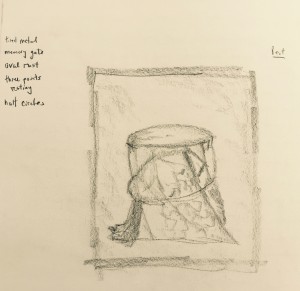
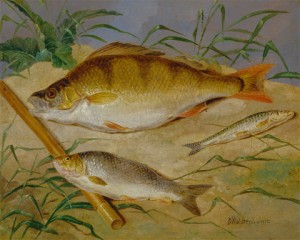

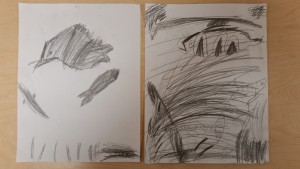
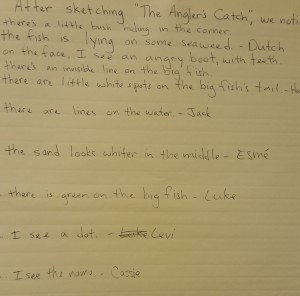
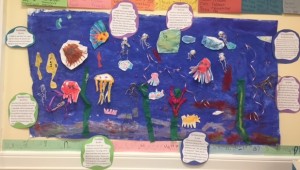



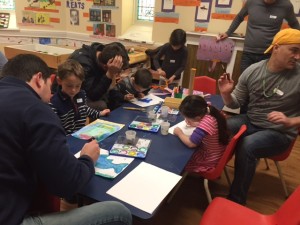
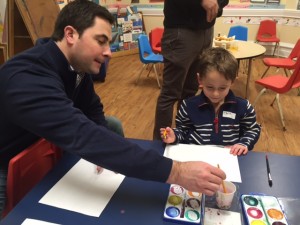

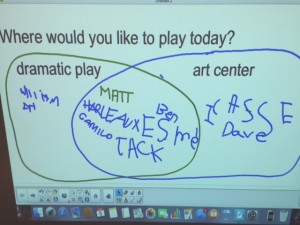


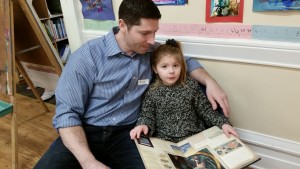




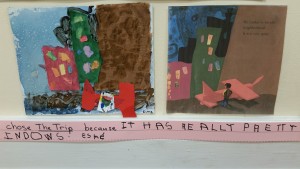



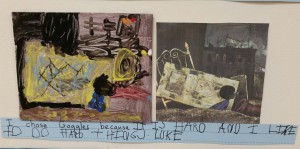


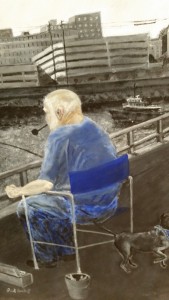
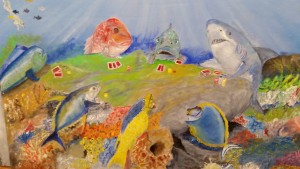

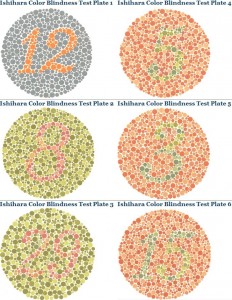 It was difficult for the children to fathom how and why Doc Rock could not see what they could see. Overall, it was a fun, interesting, and informative visit with the Color Blind Artist. Thank you, Dr. Rockoff!
It was difficult for the children to fathom how and why Doc Rock could not see what they could see. Overall, it was a fun, interesting, and informative visit with the Color Blind Artist. Thank you, Dr. Rockoff!